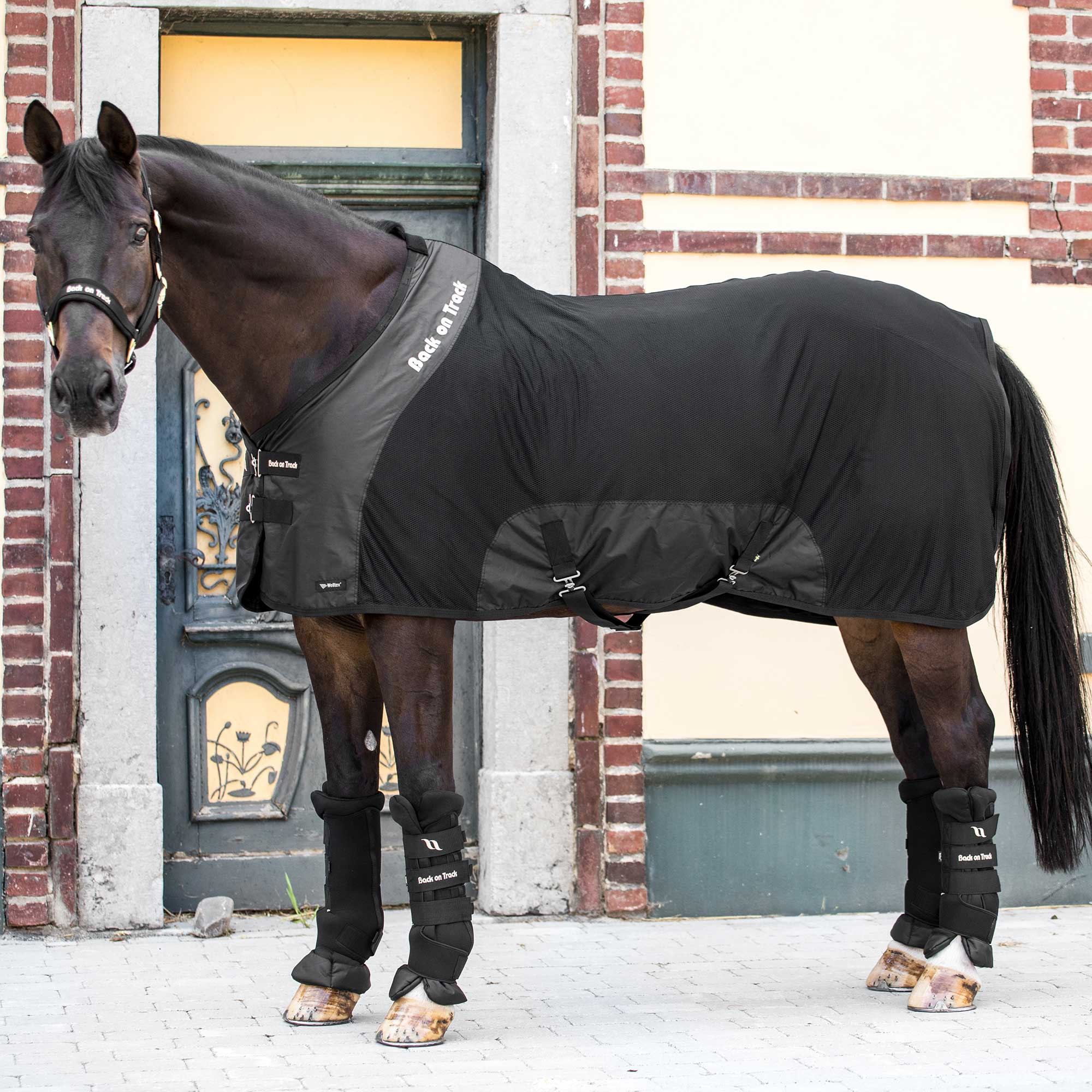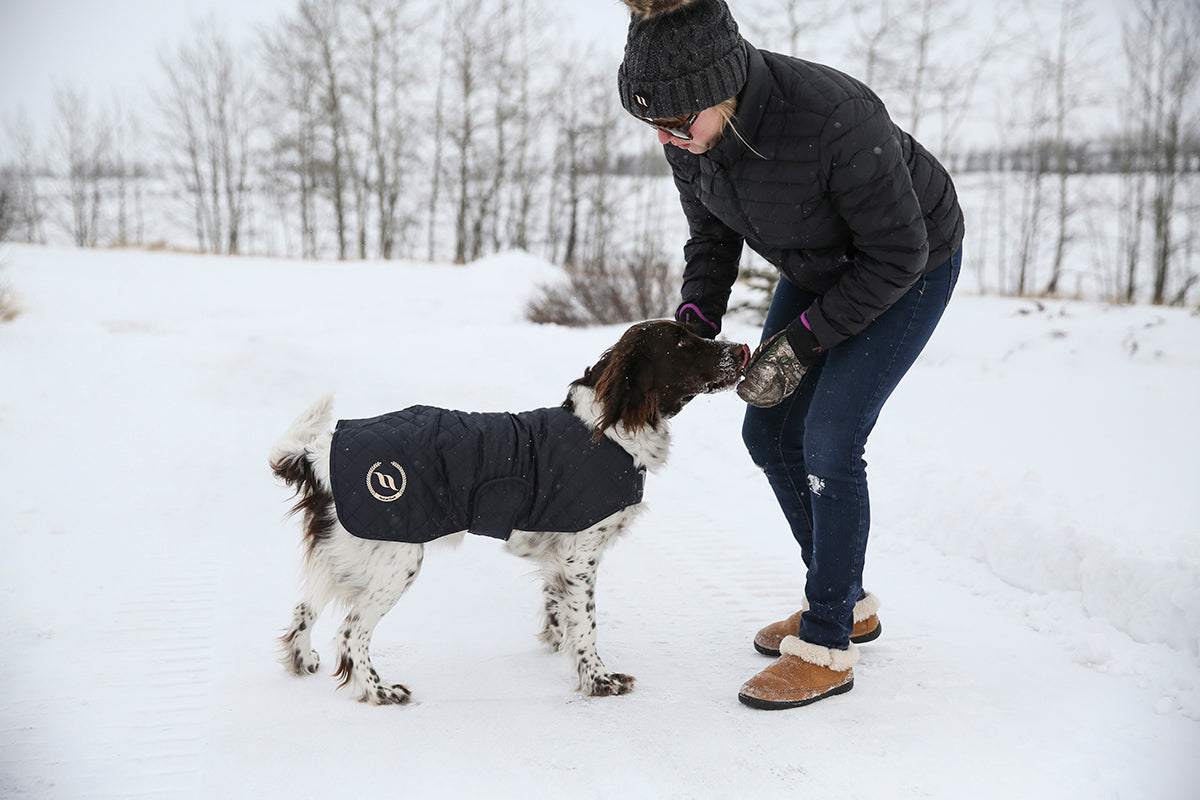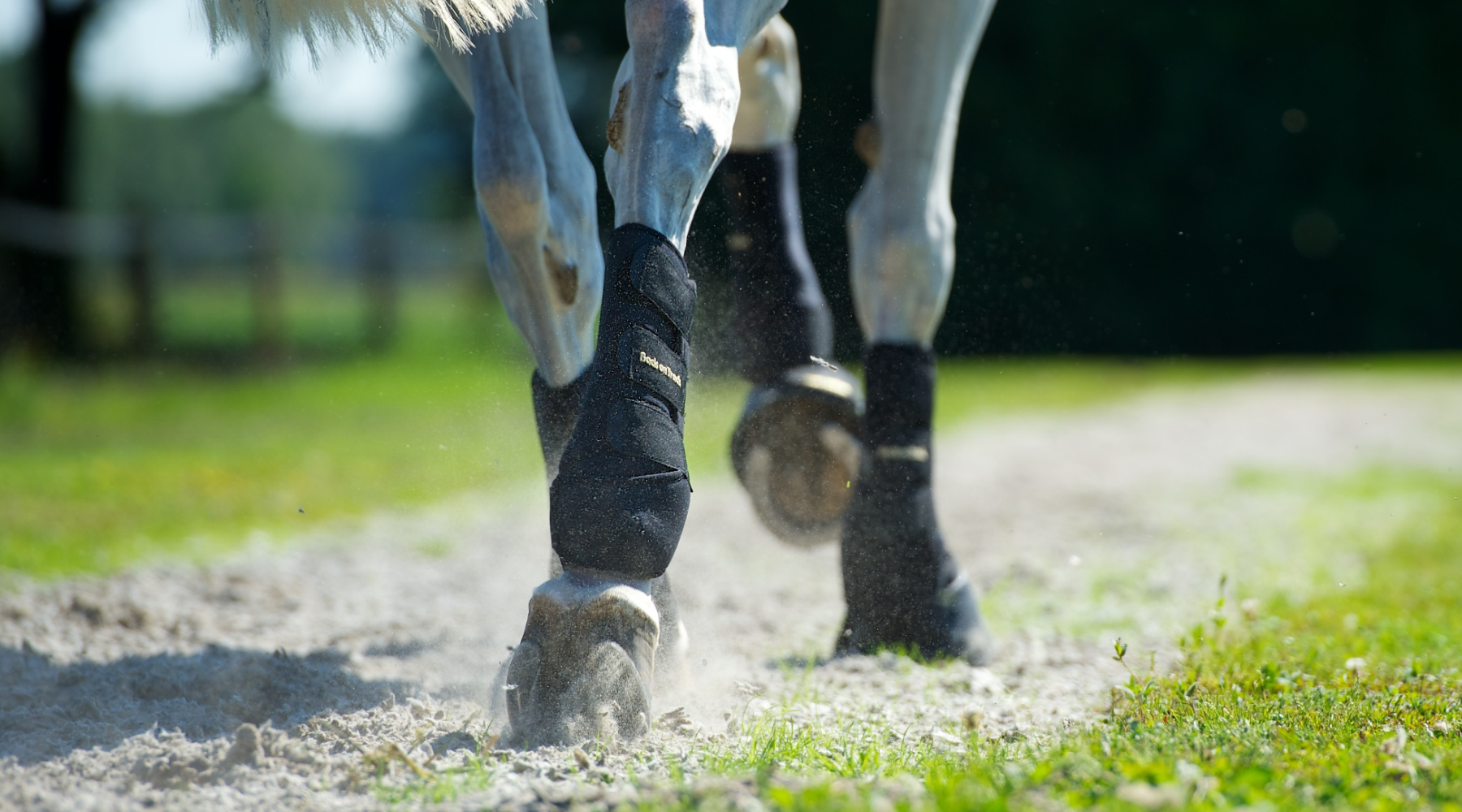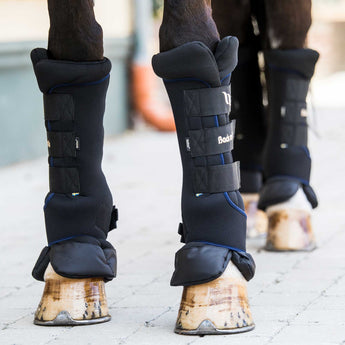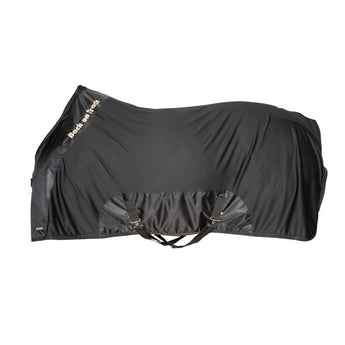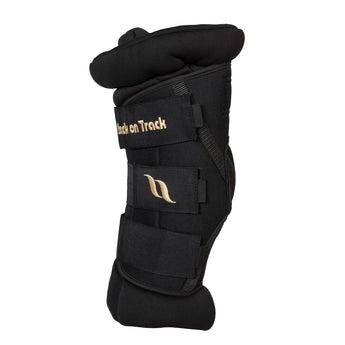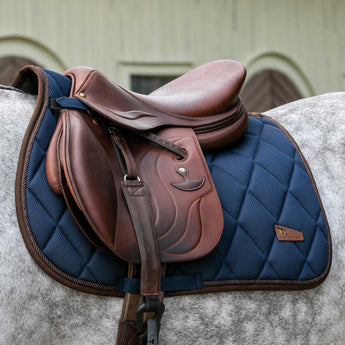A healthy hoof is the foundation of a healthy horse all year round. However, many horses need extra support during the fall to maintain strong hooves.
Fluctuating weather conditions can compromise hoof quality, while seasonal nutrient changes in grass can increase the risk of laminitis in horses with metabolic disorders.
Keep reading to learn more about common hoof problems and how to keep your horse's hooves healthy this autumn with these essential fall hoof care tips.
Fall Hoof Problems
Common fall hoof problems include thrush, hoof abscesses, white line disease, and laminitis. Many of these problems arise from seasonal wet and dry cycles, which can lead to structural hoof issues and increase the risk of infections. Others are metabolic conditions associated with seasonal nutritional changes.
Thrush
Thrush is a smelly infection that affects the horse's frog. If your horse has thrush, you'll likely notice a thick, black discharge and foul smell while cleaning your horse's hooves. Although thrush is often a minor problem, it can cause soreness without treatment.
Muddy conditions can make your horse's frog a breeding ground for bacteria during the fall. Treatments for this condition involve applying products that kill the bacteria. Regularly picking out your horse's feet helps lower the risk of the thrush returning.
Hoof Abscesses
Hoof abscesses are a bacterial infection within the hoof. Cracks, punctures, and misplaced nails allow bacteria to enter the hoof and cause an abscess. Poor hoof quality due to the wet and dry cycle of fall can increase the risk of contamination.
This painful hoof problem can cause severe lameness, lasting days to weeks. You should always call your vet if your horse is lame to determine the root cause before assuming your horse has an abscess.
If your horse has an abscess, your veterinarian will likely recommend methods to draw the abscess out through the bottom of the hoof. Untreated abscesses may burst out of the coronary band, disrupting hoof growth.
White Line Disease
The white line is located between the sole and the hoof wall. An infection in this area widens the white line and separates layers of the hoof wall, eventually leading to progressive lameness and structural issues.
Symptoms of white line disease include white or gray powdery material near the white line. Treating this disease requires working closely with your farrier and veterinarian to ensure separation does not progress toward the coronary band.
Fall Laminitis
Laminitis is a painful hoof condition characterized by inflammation of the laminae, the tissue that attaches the hoof capsule to the coffin bone. Horses with metabolic disorders can develop laminitis when an increase in insulin triggers the inflammatory response.
Consuming large volumes of high-sugar forage increases the insulin response. Pasture grass has higher sugar levels during the spring and fall, which increases the risk of laminitis. This condition can be life-threatening, so it's critical to take action to mitigate risks for susceptible horses during the fall.
Fall Hoof Care
Supporting strong hooves with proven tips can help prevent common fall hoof problems. Instead of stretching the time between farrier appointments and grooming sessions during the fall, stay proactive to keep your horse's hooves healthy.
Farrier Maintenance
Some owners pull their horse's shoes during the fall to prepare for a winter vacation. While going barefoot may be the right decision for some horses, others may struggle with sore feet and compromised hoof quality without the support of shoes.
Hoof growth often slows in the fall and winter, leading some owners to go longer between trimming and shoeing. However, long shoe cycles can lead to excess loading in the hoof structures and increase injury risk. Stick to your horse's regular maintenance schedule to support his hoof health, and always talk to your farrier before making any changes.
Moisture Management
Changing from wet to dry to wet again and again is detrimental to hoof quality. These cycles cause the hoof to expand and contract, causing cracking and splitting. Bacteria can enter through these gaps and lead to infection.
If you live in an area with constant weather fluctuations during the fall, use footing and bedding materials that help keep your horse's feet dry. If your horse goes outside in wet conditions, consider using a hoof sealant to protect the hoof. Ask your farrier for other recommendations tailored for your horse and farm.
Nutrition
Nutritional management is essential for horses prone to laminitis. Unrestricted grazing on fresh grass often isn't appropriate for these horses during the fall. Consider using a grazing muzzle or turning out on a dry lot with access to hay instead.
All horses also need the right building blocks from their diets to grow strong hooves. Nutrient deficiencies can compromise hoof health and slow hoof growth. As nutrients in forage change during the fall, you may need to change your horse's diet to fill any nutritional gaps.
Work with your veterinarian or nutritionist to develop a feeding program appropriate for your horse and evaluate if you need to alter your horse's diet during different seasons.
Circulation
Blood flow delivers the nutrients and oxygen your horse's hooves need to grow, heal, and function properly. Healthy circulation is essential for maintaining solid hooves and recovering from hoof problems.
Movement during exercise and turnout naturally stimulates circulation in the hoof. However, some horses may have reduced riding or turnout schedules during the fall. Horse leg products with textile technologies that support healthy circulation can benefit horses that need extra hoof support this time of year.
All Back on Track horse boots and leg wraps feature Welltex technology, which reflects body heat as far infrared energy. Studies show far infrared radiation increases circulation.
Back on Track Classic Bell Boots and Performance Bell Boots are lined with Welltex material to help increase circulation to the coronary band, heel bulb, and hoof.
Remember: no hoof, no horse. Help your horse stay healthy all year round by supporting his hooves this fall.
Learn More from Back on Track
Follow Back on Track on Facebook and Instagram @backontrackusa to learn for more educational content.
Sign up for the Back on Track newsletter to never miss a new blog.

